This is a Weigela shrub. Weigelas flower in spring with pink trumpet-shaped blooms. Weigelas grow best in full sun and bloom every year in Spring. There are many kinds differing in pigmentation, so we cannot determine which specific species this is from. After the short flowering season in July, prune back your weigela. To encourage new flowers next year, cut back new growth by two thirds. The flowers for next year will grow on the old wood, so cutting back the new shoots encourages them to develop and increase the flower bearing stems. With correct pruning, the flower bearing branches will grow rapidly and the weight of the flowers will bend the branches so that they display the bell like flowers to their best advantage. To encourage the development of larger and more numerous flowers, you can cut the growing tip of the flower bearing stems in May. This can also help to maintain the shape of the shrub. Weigela manages quite well in poor soil, but it helps if you introduce fertilizer or compost after the second year, unless you notice that the plant is not prospering as it should. Although a slow release commercial fertilizer is often recommended for weigela, they thrive in soil that has had a level of humus or garden compost worked into it.
Weigela can suffer significant shoot loss in a hard winter. To protect the roots and to prepare the soil for the next year’s growth, cover the root stock with a top dressing of good garden compost.
Weigela is a shrub that can add enormously to the pleasure of your garden because the shrub is attractive to both butterflies and humming birds. By planting them alongside similarly attractive plants, you can help to maintain the humming birds that are attracted to your garden.
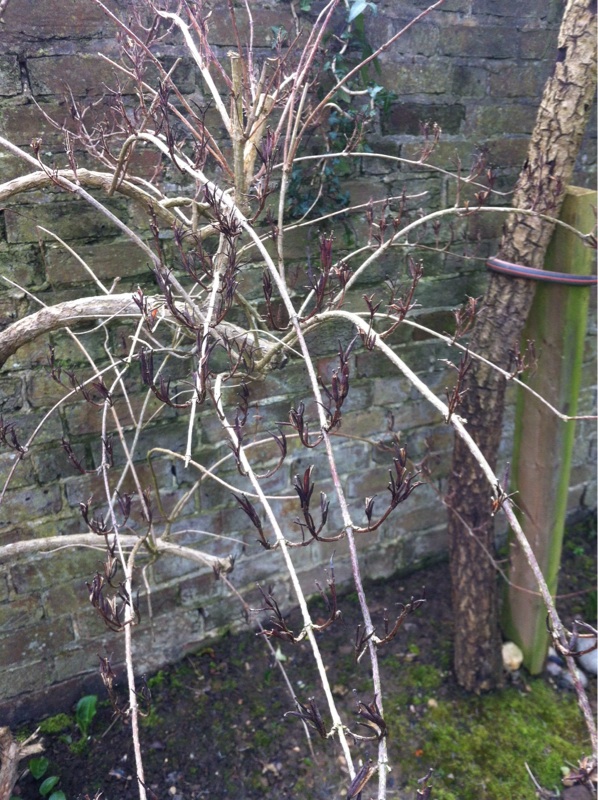
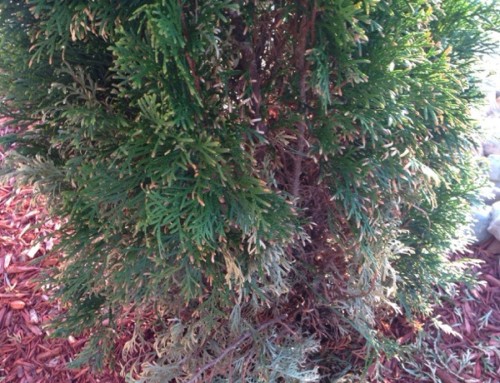
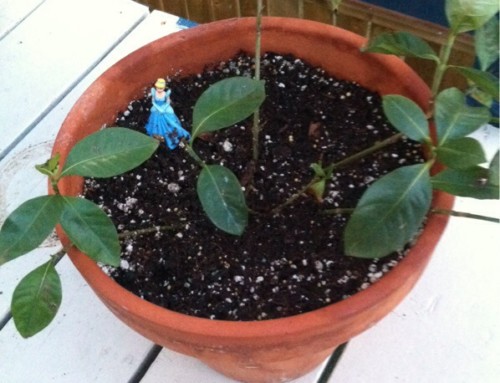
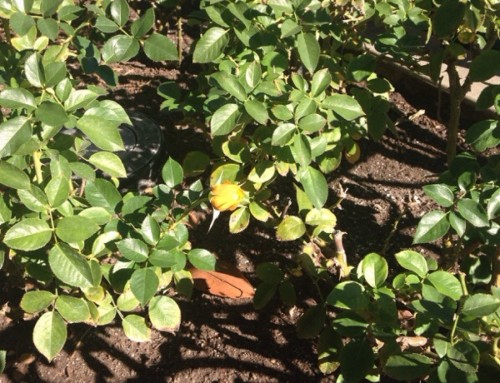

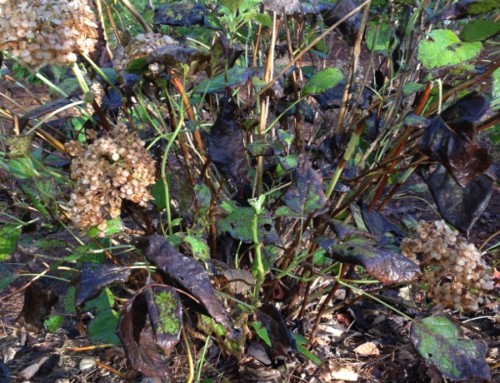
Leave A Comment